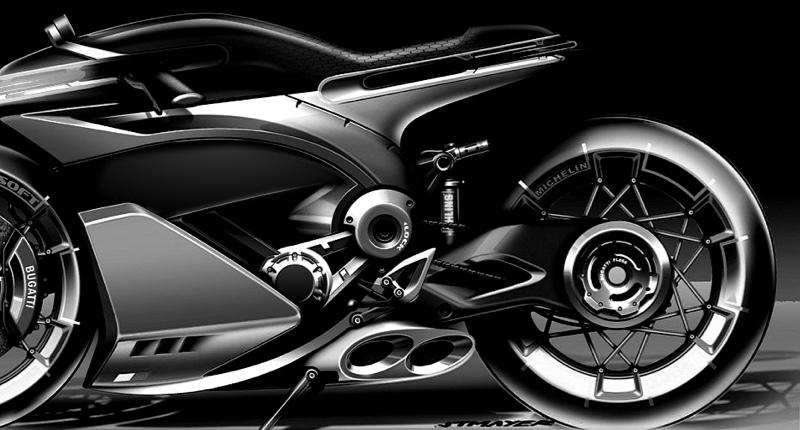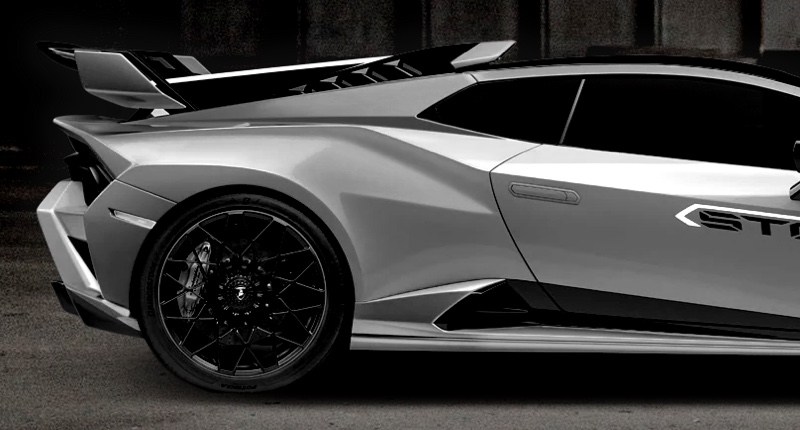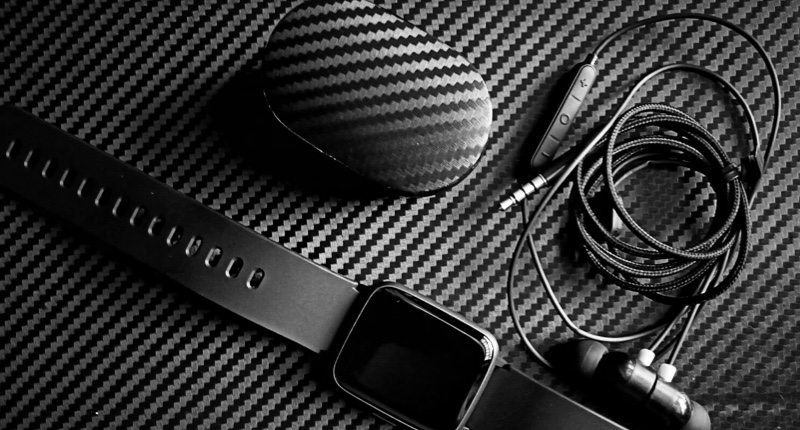How long do dry carbon parts last compared to wet carbon? | Insights by Supreem Carbon
- Dry Carbon Fiber vs. Wet Carbon Fiber: Key Differences
- 1. What is the difference between dry and wet carbon fiber?
- 2. How does the manufacturing process affect the durability of carbon fiber parts?
- 3. What is the typical lifespan of carbon fiber parts?
- 4. Are dry carbon fiber parts more expensive than wet carbon fiber parts?
- 5. How can I maintain carbon fiber parts to ensure longevity?
- 6. Do carbon fiber parts require special care compared to other materials?
- 7. Can carbon fiber parts be repaired if damaged?
- 8. Are there environmental considerations when using carbon fiber parts?
When considering carbon fiber parts for your vehicle, understanding the differences between dry and wet carbon fiber is crucial for making an informed purchase. This guide addresses common questions to help you choose the right option for your needs.
Dry Carbon Fiber vs. Wet Carbon Fiber: Key Differences
1. What is the difference between dry and wet carbon fiber?
Dry carbon fiber, also known as pre-preg carbon fiber, involves using carbon fiber sheets impregnated with resin before molding. This process allows for precise control over resin content and fiber alignment, resulting in parts with higher strength-to-weight ratios. Wet carbon fiber, or hand-laid carbon fiber, uses resin applied during the molding process, which can lead to variations in resin distribution and potentially lower mechanical properties.
2. How does the manufacturing process affect the durability of carbon fiber parts?
The manufacturing process significantly influences the durability of carbon fiber parts. Dry carbon fiber parts, produced through the autoclave process, offer superior strength and longevity due to the controlled environment and precise resin application. Wet carbon fiber parts may have inconsistencies in resin distribution, potentially affecting their structural integrity over time.
3. What is the typical lifespan of carbon fiber parts?
The lifespan of carbon fiber parts varies based on factors such as manufacturing quality, usage conditions, and maintenance. High-quality dry carbon fiber parts can last several decades when properly maintained, while wet carbon fiber parts may have a shorter lifespan due to potential resin degradation and structural inconsistencies.
4. Are dry carbon fiber parts more expensive than wet carbon fiber parts?
Yes, dry carbon fiber parts are generally more expensive than wet carbon fiber parts. The autoclave process used in dry carbon fiber manufacturing is labor-intensive and requires specialized equipment, leading to higher production costs. However, the enhanced performance and durability often justify the additional investment.
5. How can I maintain carbon fiber parts to ensure longevity?
To prolong the life of carbon fiber parts, consider the following maintenance practices:
Regular Cleaning: Wash parts with mild soap and water to remove dirt and contaminants.
Protective Coatings: Apply UV-resistant coatings to protect against sun damage and maintain the glossy finish.
Inspection: Regularly check for signs of damage, such as cracks or delamination, and address issues promptly.
Avoid Harsh Chemicals: Use gentle cleaning agents to prevent degradation of the resin matrix.
6. Do carbon fiber parts require special care compared to other materials?
Yes, carbon fiber parts require specific care to maintain their appearance and structural integrity. Unlike metals, carbon fiber is susceptible to UV degradation and can be damaged by harsh chemicals. Regular maintenance and protective measures are essential to ensure their longevity.
7. Can carbon fiber parts be repaired if damaged?
Yes, carbon fiber parts can be repaired, but the process requires expertise. Minor damages can often be addressed with specialized repair kits, while more significant issues may necessitate professional repair services to restore the part's strength and appearance.
8. Are there environmental considerations when using carbon fiber parts?
Carbon fiber parts offer environmental benefits, such as reduced vehicle weight leading to improved fuel efficiency and lower emissions. However, the manufacturing process is energy-intensive, and recycling carbon fiber remains a challenge. Advancements in recycling technologies are ongoing to address these concerns.
In conclusion, while dry carbon fiber parts offer superior durability and performance, they come at a higher cost compared to wet carbon fiber parts. Understanding these differences and considering maintenance practices will help you make an informed decision that aligns with your performance and budget requirements.
Supreem Carbon specializes in high-quality dry carbon fiber parts, ensuring exceptional strength, lightweight design, and longevity. Our products undergo rigorous quality control to meet the highest standards, providing you with reliable and durable carbon fiber solutions.
For more insights into the differences between dry and wet carbon fiber, you might find this video helpful:
(https://www.youtube.com/watch?v=4rJPqMPyr7Q&utm_source=openai)
Note: The information provided is based on current industry standards and practices. For personalized advice, consult with a carbon fiber specialist.
Supreem Carbon's Custom Carbon Fiber Parts Lifespan Guide
Carbon Fiber Gear's Maintenance Tips
National Renewable Energy Laboratory's Global Carbon Fiber Report
Oak Ridge National Laboratory's Recycling Effects on Carbon Fiber
CarbonXtreme's Insights on Carbon Fiber Car Parts
Monaco Motorsports' Dry Carbon vs Wet Carbon Fiber Video

Newest Acura NSX Carbon Fiber Hood Vent released!

Fabricante de fibra de carbono para motocicletas de alta calidad de China

Supreem Carbon New Motorcycle Carbon Parts Development Plan.

2020+ Toyota Supra A90 Carbon Fiber Engine Cover released!

Le fabricant leader de fibre de carbone personnalisée en Europe

Research on the Causes of Yellowing of Carbon Fiber Products.
For Customized Service
What can be customized in addition to customized carbon fiber parts?
You can customize your company logo, packaging, even the color of coating and so on.
What is the customization process of carbon fiber products?
1. Customer provide 3D drawing, design requirement or idea
2. Technician evaluate project feasibility and provide a quotation
3. Project confirmation and arrange sample production
4. Delivery and customer feedback
5. Big scale orders production
For Products
How can I get some sample?
Actually we dont provide the free sample to customer, you can place a sample order if need some parts.
Supreem Carbon parts produce by 100% carbon?
Yes,all products are made from full carbon with dry carbon.
For Facotry
Can I visit your company?
Of course, we are in QiaoTou Town, Dongguan City, Guangdong Province, China.

Ducati Panigale V4 Carbon Fiber Side Fairings

Kawasaki ZX10R Carbon Fiber Front Fender
Introducing the Supreem carbon fiber front fender, designed specifically for the Kawasaki ZX10R. Crafted with precision and expertise, it is the epitome of quality and performance. Made from high-quality carbon fiber, our front fender is incredibly lightweight yet extremely strong and durable. Our advanced manufacturing process ensures a perfect fit for the Kawasaki ZX10R, seamlessly integrating with the bike's design.

Supreem Carbon Custom Carbon Fiber Airbox Cover for Honda CBR1000RR-R
This carbon fiber tank cover can directly replace the ABS part, giving your CBR1000RR-R a fantastic and unique carbon fiber look.

Ducati Panigale 1199 1299 899 959 V2 Carbon Fiber Suspension Cover
Let’s Bring Your Carbon Fiber Ideas to Life
Have a question or inquiry about our carbon fiber composite products? Leave us a message here, and our team will get back to you promptly.
Whether you're interested in custom orders, technical specifications, or partnership opportunities, we're here to assist you.
Please fill out the fields above with your name, email address, and message.
© 2024 Supreem Carbon All Rights Reserved.





Facebook
Pinterest
LinkedIn
Instagram